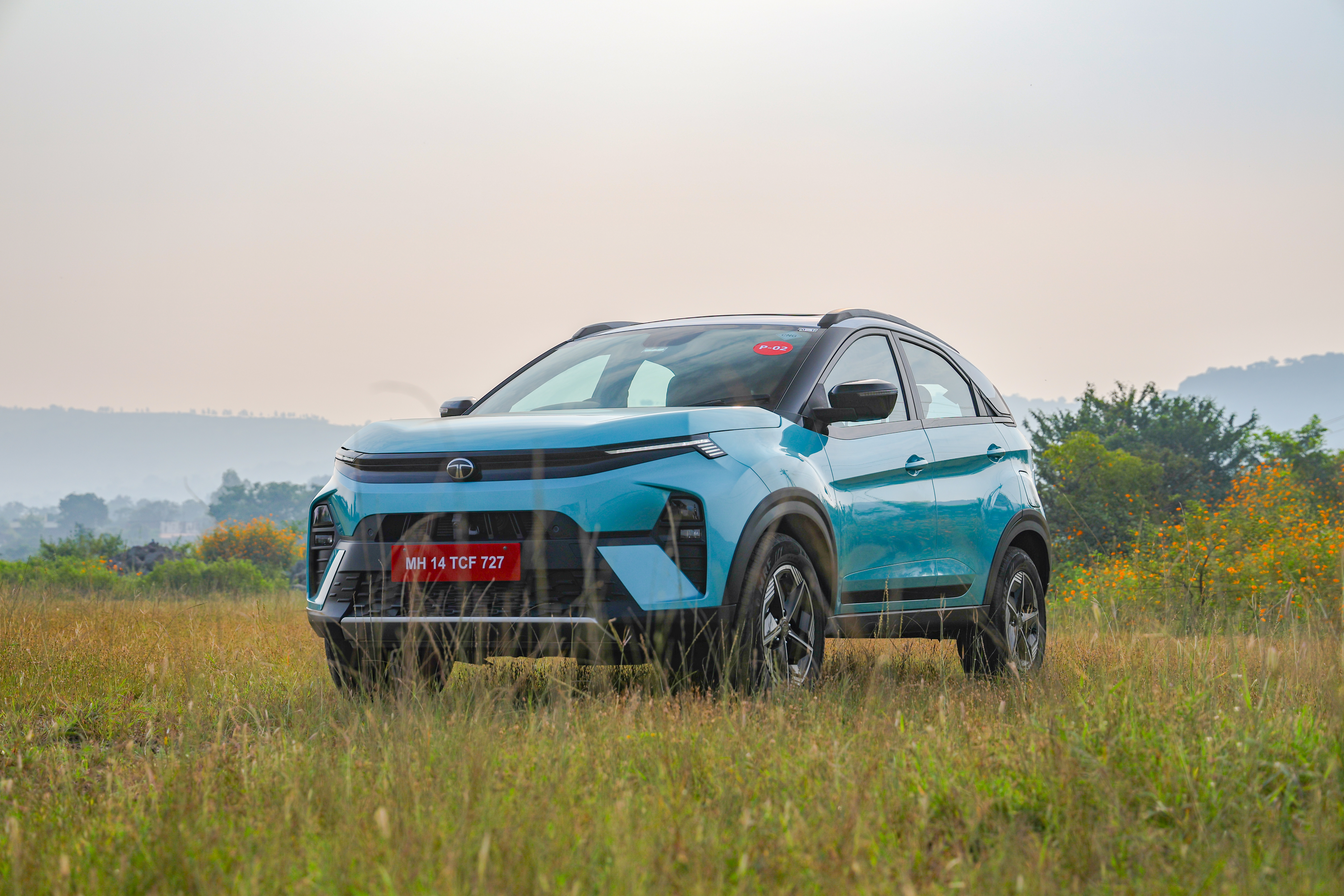Tata Nexon iCNG first drive review
We drive the recently launched Tata Nexon iCNG and wonder if Tata Motors has done enough to make people want to make the switch to CNG
 Tata hopes to make CNG a more desirable fuel type with the Nexon iCNG
Tata hopes to make CNG a more desirable fuel type with the Nexon iCNGFor the longest time, CNG has been seen as the fuel for commercial vehicles. It has proven effective in this segment, helping to reduce running costs and improving the bottom line for transport and cab companies. However, it is slowly gaining traction amongst passenger vehicle buyers as well — with more manufacturers launching cars in this space, and consumers getting more confident in the technology. There are still challenges — particularly around practicality and long wait times to refuel. Tata Motors has been working hard to address these challenges and aims to democratise CNG as a fuel choice for private passenger vehicles, hence after the Altroz iCNG, they have now launched the Nexon iCNG. In the compact SUV segment, this will now compete with the Maruti Suzuki Brezza CNG.
 In CNG mode Nexon iCNG produces 98.5bhp and 170Nm of torque, and in petrol mode it generates 118bhp with identical torque figures
In CNG mode Nexon iCNG produces 98.5bhp and 170Nm of torque, and in petrol mode it generates 118bhp with identical torque figuresTata Nexon iCNG Performance, ride and handling
The Nexon iCNG is a bi-fuel vehicle, offering users the choice between petrol and CNG. Switching between the two fuels happens either at the press of a button or automatically when the CNG level is low. The transition between fuels is absolutely seamless. I even played a game with myself, blindly switching between the two to see if I could tell the difference, and under normal driving conditions, I couldn’t – until I noticed the CNG icon on the instrument cluster. This is a significant leap for bi-fuel CNG and petrol, made possible by a single ECU controlling both fuel modes.
The 1.2-litre, 3-cylinder turbocharged engine marks India’s first turbo-CNG unit. It delivers 98.5bhp and 170Nm of torque in CNG mode, while in petrol mode, it generates 118bhp with identical torque figures. The petrol mode’s peak power matches that of the standard 1.2-litre turbo-petrol Nexon. During our acceleration tests, the engine clocked 0-80kmph in 9.83 seconds on petrol and 10.94 seconds on CNG. While driving in the city, the engine is tuned such that you hardly notice a difference between the two modes. Only at revs above 4500rpm would you notice that in the petrol mode it still pulls cleanly, whereas in CNG mode the power starts to drop higher up in the rev.
The Nexon has always been renowned for its exceptional ride quality, a characteristic that remains intact in this version. It glides over rough roads effortlessly, regardless of speed, with its 208mm ground clearance providing ample assurance on challenging terrains. While cornering at high speeds does introduce some body roll, it never feels unsettling. Overall, the car retains a nimble and composed demeanour. Despite the iCNG variant being 120kg heavier than the petrol model, Tata has made precise adjustments to the suspension, ensuring a well-balanced ride and handling that feels nearly identical to its petrol counterpart.
Tata Nexon iCNG Practicality and Features
Traditionally, one of the biggest drawbacks of CNG vehicles has been the loss of almost all boot space. Tata Motors was keen to address this, aiming to make the Nexon iCNG a practical car for the masses. It uses twin CNG cylinders, providing a total CNG capacity of 60 litres (9kg), neatly tucked under the boot. The boot space is 312 litres, which is a reduction of about 60 litres compared to the petrol or diesel variants. While it’s a drop, it isn’t significant, and you can still carry luggage with ease. The spare wheel hasn’t been compromised either and can be accessed from between the rear wheels.
To ensure the Nexon iCNG is perceived as a more premium product, Tata Motors has kept the feature specs identical to the petrol and diesel Nexons. We were driving the top of the line Fearless + PS variant and it gets all the bells and whistles like sequential LED DRLs with a welcome and goodbye signature (which look quite cool), a 12.3-inch infotainment screen, a digital instrument cluster with map integration, ventilated seats, wireless charging, leatherette upholstery, a 360-degree camera, auto headlamps and wipers, and a panoramic sunroof.
The same philosophy is carried forward for safety as well. It also scores high on safety with six airbags, ESP, and a 5-star GNCAP safety rating. Additionally, it features CNG-specific safety measures such as a micro switch that turns the car off when the fuel lid is opened and a system that switches to petrol if a gas leak is detected.
 The Tata Nexon iCNG is priced at approximately ₹1 lakh premium to comparable petrol variants
The Tata Nexon iCNG is priced at approximately ₹1 lakh premium to comparable petrol variantsTata Nexon iCNG Price and Verdict
The manual bi-fuel Nexon iCNG is priced between ₹9 lakh and ₹14.6 lakh, while the manual petrol variants range from ₹8 lakh to ₹13.3 lakh. With an approximate ₹1 lakh premium for each comparable variant, the iCNG offers excellent value, especially if you drive frequently and have convenient access to CNG stations in your area. Given that the Nexon is already a well-accepted and successful car in its class, this should just bolster sales numbers by providing customers with another fuel option with lower running costs. From a product standpoint, Tata Motors seems to have done everything possible to make this a success. They have packed it with features to make it desirable, provided practicality comparable to other cars in the segment, and ensured the performance is respectable. A win, in our books!


